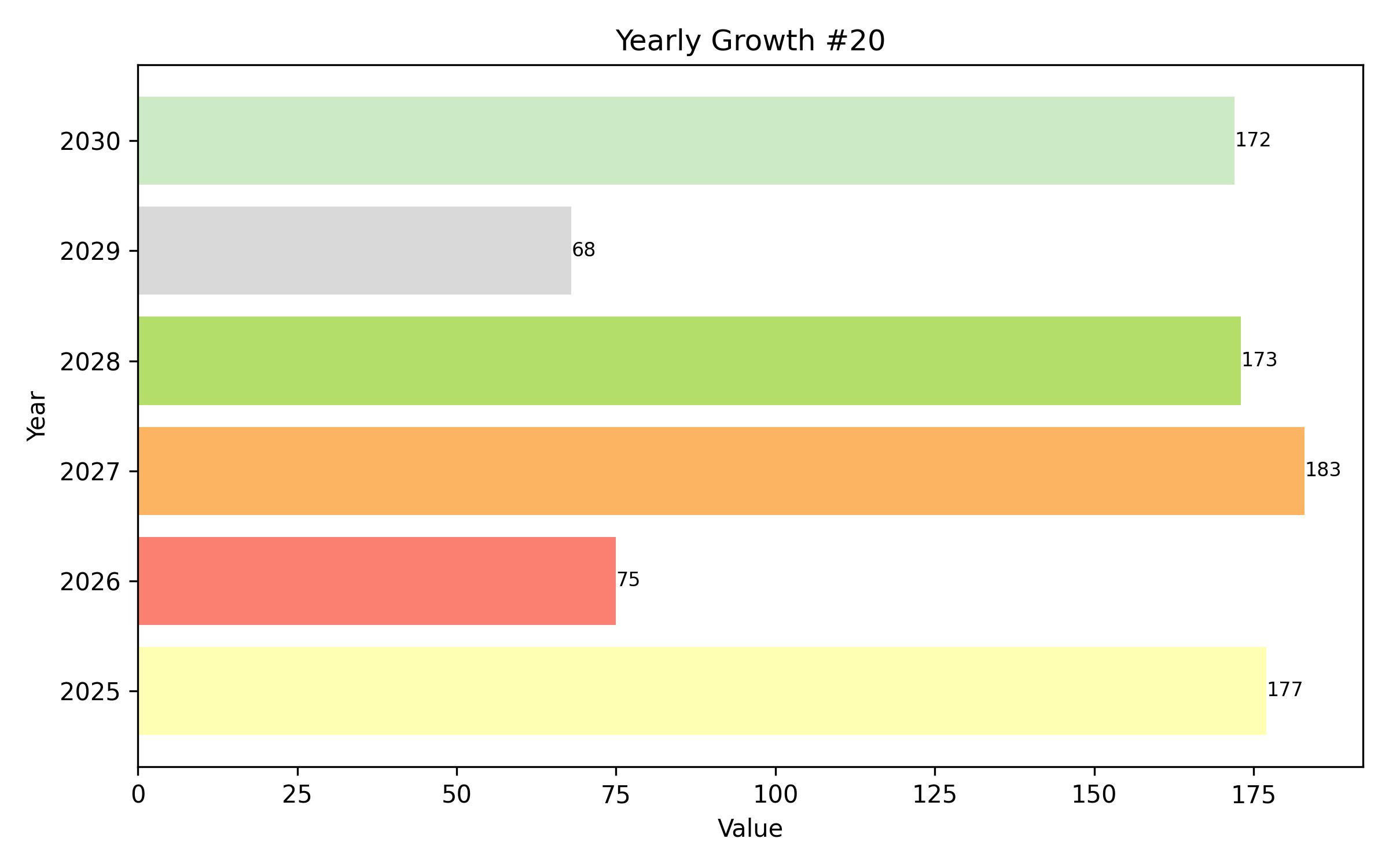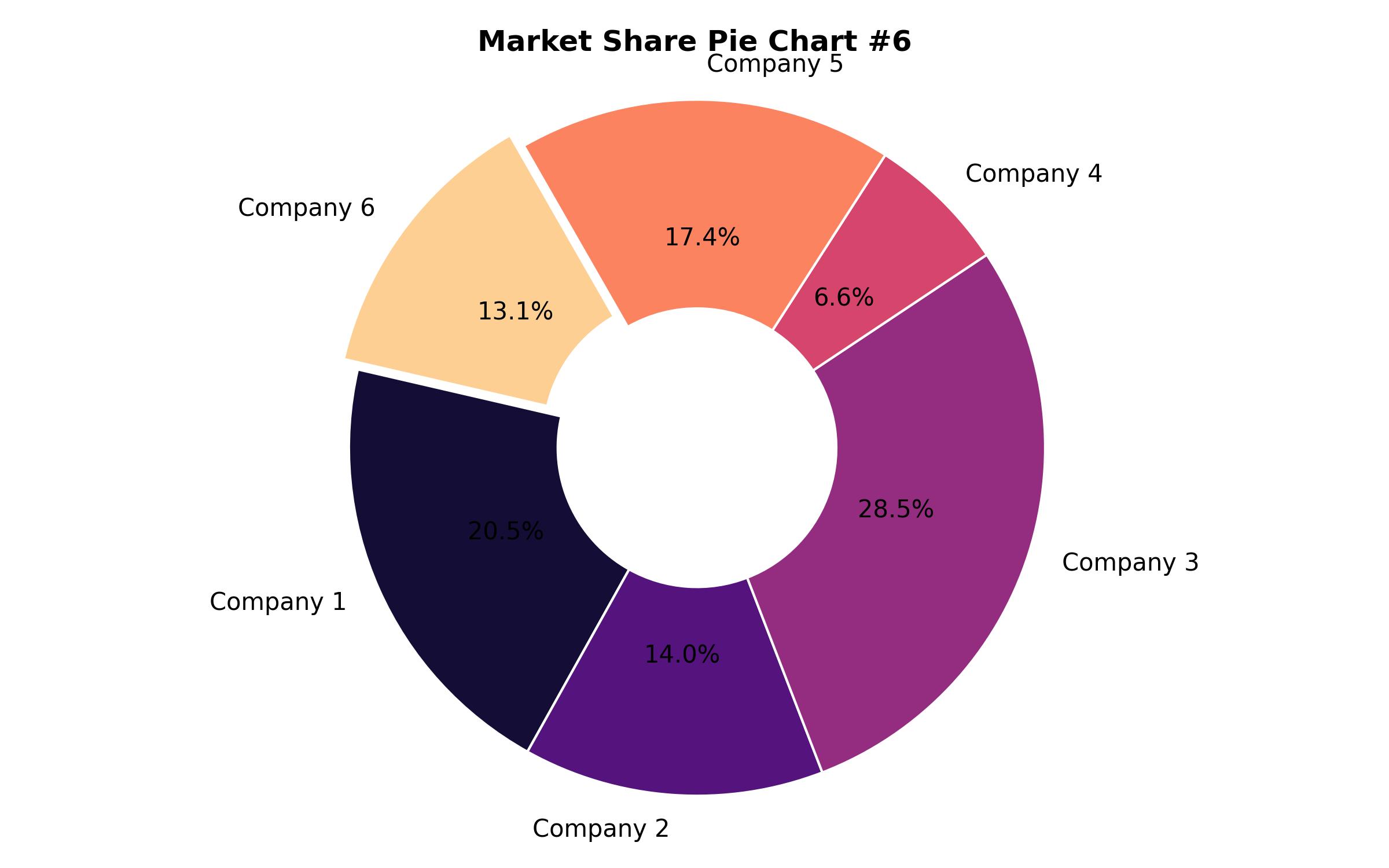Comprehensive Analysis of the Birch Allergy Treatment Market by Drug Category, Administration Method, Distribution Channel, and Geographic Region: A Forecast Extending to 2035
Overview:
The global birch allergy treatment market is poised for substantial expansion in the coming years. The market, valued at approximately USD 653.34 million in 2025, is projected to reach USD 1286 million by 2035, reflecting a compound annual growth rate (CAGR) of 7% from 2025 to 2035. This growth is propelled by increasing awareness of allergic conditions and the rising prevalence of birch pollen allergies, particularly in regions with significant birch tree populations.
Advancements in diagnostic techniques and treatment options are also contributing to market growth. Improved allergy testing methods enable earlier and more accurate diagnoses, leading to timely interventions. The development of novel therapies, such as advanced immunotherapies and targeted antihistamines, offers enhanced efficacy and reduced side effects, further driving market expansion.
Geographically, Europe and North America are major markets for birch allergy treatments, owing to the high prevalence of birch pollen allergies in these regions. However, the Asia-Pacific market is expected to witness significant growth due to increasing awareness and improving healthcare infrastructure. Key industry players are focusing on expanding their presence in emerging markets to capitalize on the growing demand for allergy treatments.
The market faces certain challenges, including the high cost of some advanced treatments and the potential for adverse reactions. Regulatory hurdles and the time-consuming nature of clinical trials can also impede market growth. Despite these challenges, the market is expected to continue its upward trajectory, driven by ongoing research and development efforts.
Competitive dynamics in the birch allergy treatment market are characterized by the presence of both established pharmaceutical companies and specialized biotechnology firms. These players are actively engaged in developing and marketing a wide range of products, including antihistamines, corticosteroids, and immunotherapies. Strategic collaborations, acquisitions, and partnerships are common strategies adopted by companies to strengthen their market position and expand their product portfolios.
The increasing focus on personalized medicine and the development of targeted therapies are expected to shape the future of the birch allergy treatment market. Innovations in drug delivery systems, such as sublingual immunotherapy (SLIT) and novel nasal sprays, are also anticipated to enhance treatment outcomes and improve patient compliance. Overall, the market presents significant opportunities for growth and innovation in the coming years.

Year On Year Growth Chart
“`html
| Report Attribute | Details |
|---|---|
| Market Size in 2025 | USD 653.74 million |
| Revenue Forecast for 2035 | USD 1286 million |
| Growth Rate (CAGR) | 7% from 2025 to 2035 |
| Base Year for Estimation | 2024 |
| Historical Data | 2019 – 2024 |
| Forecast Period | 2025 – 2035 |
| Quantitative Units | Revenue in USD million/billion and CAGR from 2025 to 2035 |
| Report Coverage | Revenue forecast, company market share, competitive landscape, growth factors, and trends |
| Covered Segments | Drug Class, Route of Administration, Distribution Channel and Region |
| Regional Scope | North America, Europe, Asia Pacific, Latin America, MEA |
| Country Scope | U.S., Canada, Mexico, U.K., Germany, Italy, France, China, India, Japan, Australia, South Korea, Brazil, UAE, KSA, South Africa |
| Key Companies Analyzed | ALK-Abelló A/S; Allergy Therapeutics Plc; Stallergenes Greer plc; Regeneron Pharmaceuticals Inc; Novartis AG; Merck KGaA; Johnson & Johnson Services, Inc. |
| Customization Options | Free report customization (up to 8 analysts working days) with purchase. Changes to country, regional, and segment scope |
| Pricing and Purchase Options | Customizable purchase options for tailored research needs |
“`

Key Companies Market Share
Report Coverage & Deliverables
- Market Trends And Dynamics
- Competitve Benchmarking
- Historical data and forecasts
- Value/Volume analysis
- Company revenue shares and key strategies
- Regional opportunities
This is an indicative segmentation. Please request a sample report to see detail segmentation of this market.
Detailed Market Segmentation
- By Drug Class
- Antihistamines
- Corticosteroids
- Immunotherapies
- Decongestants
- By Route of Administration
- Oral
- Nasal
- Sublingual Immunotherapy (SLIT)
- Injections
- By Distribution Channel
- Hospital Pharmacies
- Retail Pharmacies
- Online Pharmacies
- Specialty Clinics
- By Region
- North America (U.S., Canada, Mexico)
- Europe (U.K., Germany, France, Italy, Spain)
- Asia-Pacific (China, India, Japan, South Korea)
- Latin America (Brazil, Argentina)
- Middle East & Africa (UAE, Saudi Arabia, South Africa)
Table of Content
- Executive Summary
- Market Overview
- Epidemiology of Birch Allergy
- Regulatory Landscape
- Key Market Trends
- Drivers and Restraints
- Impact of COVID-19
- Market Analysis by Drug Class
- Antihistamines
- Corticosteroids
- Immunotherapies
- Decongestants
- Market Analysis by Route of Administration
- Oral
- Nasal
- Sublingual Immunotherapy (SLIT)
- Injections
- Market Analysis by Distribution Channel
- Hospital Pharmacies
- Retail Pharmacies
- Online Pharmacies
- Specialty Clinics
- Regional Market Analysis
- North America
- Europe
- Asia-Pacific
- Latin America
- Middle East & Africa
- Competitive Landscape
- ALK-Abelló A/S
- Allergy Therapeutics Plc
- Stallergenes Greer plc
- Regeneron Pharmaceuticals Inc
- Novartis AG
- Merck KGaA
- Johnson & Johnson Services, Inc.
- Market Share Analysis
- SWOT Analysis
- Porter’s Five Forces Analysis
- Future Market Opportunities
- Analyst Recommendations
- Research Methodology
